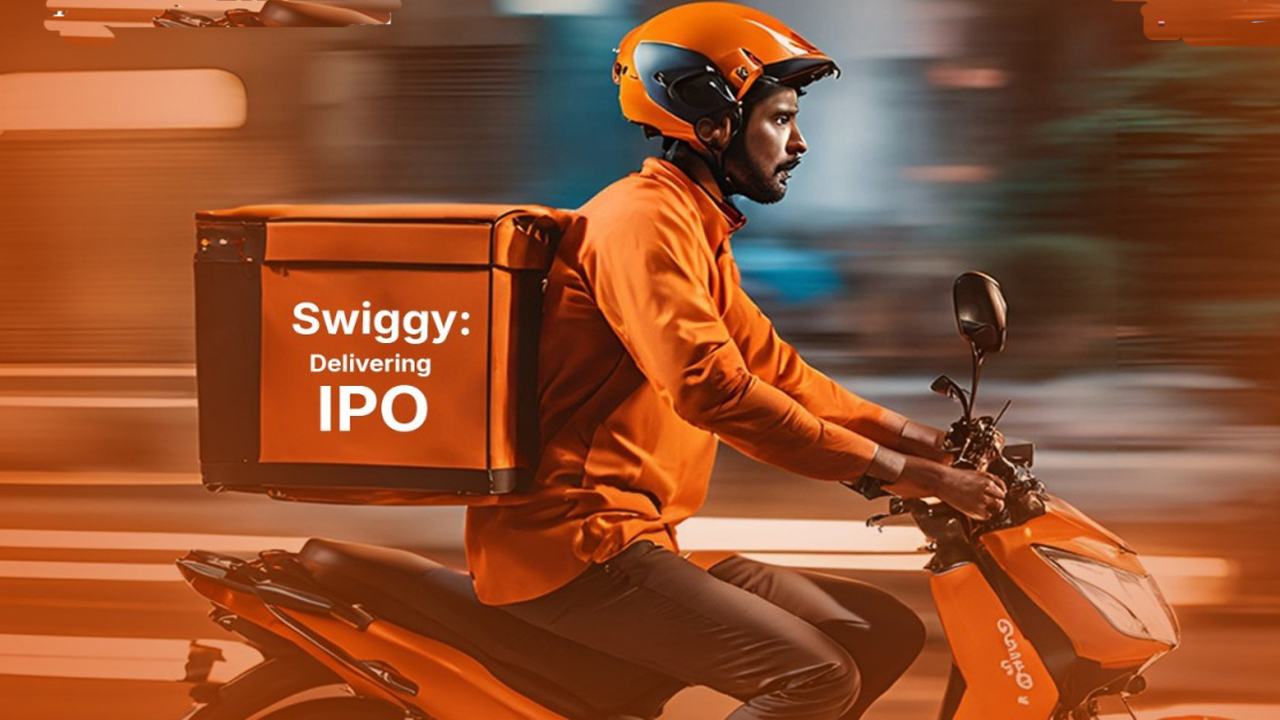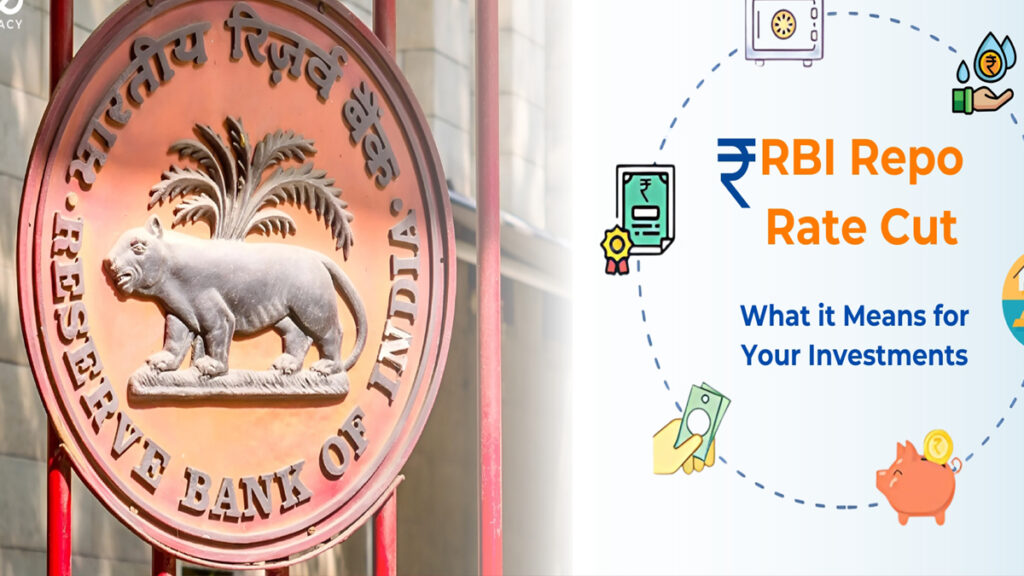Now Reading: Ultra-Fast Food: How Zomato, Swiggy, and Zepto are Revolutionizing Delivery with 10-Minute Orders
-
01
Ultra-Fast Food: How Zomato, Swiggy, and Zepto are Revolutionizing Delivery with 10-Minute Orders
Ultra-Fast Food: How Zomato, Swiggy, and Zepto are Revolutionizing Delivery with 10-Minute Orders

In today’s fast-paced world, instant gratification is the name of the game. This is especially true in the food delivery sector, where companies are constantly vying to deliver meals to hungry customers faster than ever before. Leading the charge in this “quick-commerce” revolution are industry giants like Zomato, Swiggy, and Zepto, all of whom are pushing the boundaries of delivery speed with their ambitious 10-minute delivery services. But how exactly are these companies achieving such incredible speeds, and what are the implications for the future of food delivery?
The Need for Speed: Meeting Consumer Demand
The demand for ultra-fast delivery is driven by several factors. In urban environments, where time is a precious commodity, consumers are increasingly seeking convenience and speed in all aspects of their lives. This is particularly true for younger demographics, who have grown up in a world of instant access and on-demand services. Moreover, the rise of quick-commerce has been accelerated by the COVID-19 pandemic, which has normalized online ordering and contactless delivery. As consumers have become accustomed to the convenience of having groceries and other essentials delivered to their doorstep within minutes, their expectations for food delivery have also risen.
The Strategies Behind 10-Minute Delivery
Achieving 10-minute delivery is no easy feat. It requires a complex and coordinated effort across multiple fronts, including:
- Dense Networks of Dark Stores and Cloud Kitchens: To minimize delivery times, companies like Zomato, Swiggy, and Zepto have established dense networks of dark stores (small, localized warehouses) and cloud kitchens (delivery-only restaurants) in strategic locations throughout urban areas. These facilities are located in close proximity to customer demand, enabling delivery personnel to reach their destinations quickly.
- Advanced Technology and Logistics: Sophisticated technology plays a crucial role in optimizing delivery operations. Companies use advanced algorithms and data analytics to predict demand, optimize delivery routes, and manage inventory in real time. This ensures that delivery personnel are always in the right place at the right time, and that orders are processed and dispatched efficiently.
- Dedicated Delivery Fleets: To ensure speed and reliability, companies maintain dedicated fleets of delivery personnel who are equipped with the necessary tools and technology to navigate urban environments quickly and efficiently. These personnel are often incentivized to complete deliveries as quickly as possible, further contributing to the speed of the service.
- Strategic Partnerships: Collaborations with restaurants and other food vendors are essential to ensure a wide variety of menu options and efficient order fulfillment. Companies often establish exclusive partnerships with popular restaurants, ensuring that they have the capacity and resources to handle the high volume of orders generated by the 10-minute delivery service.
- Focus on Ready-to-Eat Items: To further streamline the delivery process, companies often focus on ready-to-eat items that can be quickly assembled and dispatched. This includes items like sandwiches, wraps, salads, and pre-packaged meals. This focus on speed and efficiency allows companies to minimize the time it takes to prepare and deliver orders.
The Challenges and Considerations
While the 10-minute delivery model offers undeniable convenience to consumers, it also presents several challenges and considerations:
- Safety Concerns: The emphasis on speed can potentially compromise the safety of delivery personnel, who may be tempted to take risks to meet tight deadlines. Companies must prioritize safety and ensure that their delivery personnel are adequately trained and equipped to handle the demands of the job.
- Environmental Impact: The increased number of delivery vehicles on the road can contribute to traffic congestion and air pollution. Companies must explore sustainable delivery options, such as electric vehicles and bicycles, to minimize their environmental impact.
- Working Conditions: The pressure to deliver orders within 10 minutes can create challenging working conditions for delivery personnel, who may face long hours and intense pressure. Companies must ensure that their delivery personnel are treated fairly and provided with adequate compensation and benefits.
- Food Quality and Safety: Maintaining food quality and safety can be challenging when dealing with such tight delivery timelines. Companies must implement strict quality control measures to ensure that food is prepared and handled safely, and that it reaches customers in optimal condition.
The Future of Food Delivery
The 10-minute delivery model is still in its early stages, but it has the potential to revolutionize the food delivery industry. As technology continues to advance and companies refine their strategies, we can expect to see even faster and more efficient delivery services in the future. However, it is crucial that companies address the challenges and considerations outlined above to ensure that this rapid evolution is sustainable and beneficial for all stakeholders. By prioritizing safety, sustainability, and fair working conditions, companies can ensure that the future of food delivery is not only fast but also responsible and equitable.
Final Thought
The race for ultra-fast delivery is heating up, with Zomato, Swiggy, and Zepto leading the charge. By leveraging advanced technology, dense networks of dark stores and cloud kitchens, and dedicated delivery fleets, these companies are pushing the boundaries of what is possible in the world of food delivery. While challenges remain, the 10-minute delivery model has the potential to transform the industry, providing consumers with unprecedented convenience and speed. As this trend continues to evolve, it will be interesting to see how companies navigate the challenges and shape the future of food delivery.










